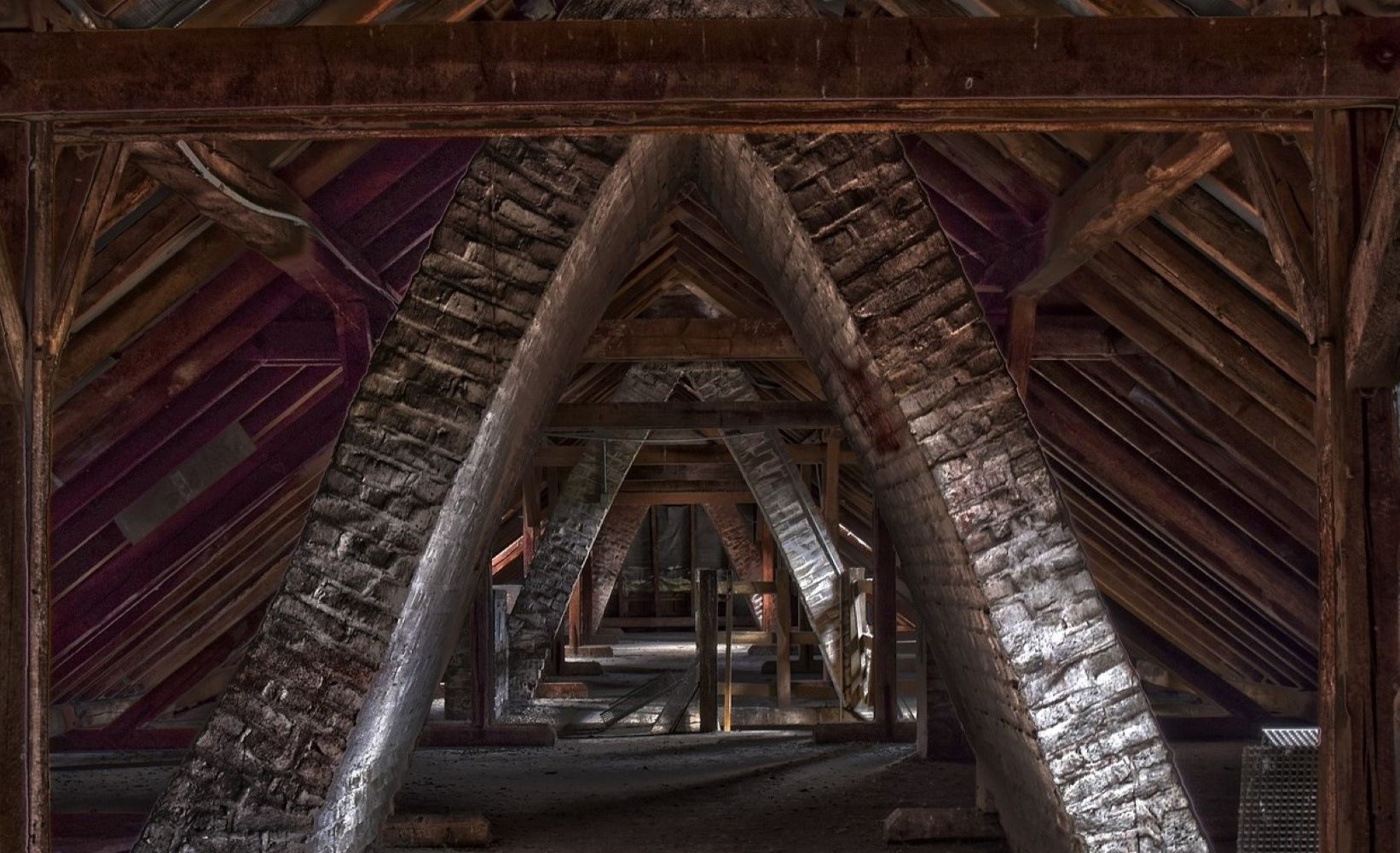The Ultimate Guide to Attic Insulation in Ireland
The importance of attic insulation cannot be overstated. The fact is that most homes in Ireland have a poorly insulated attic and the consequences of this can be dire for your energy bills and your home's overall comfort levels. If you're interested in improving the thermal performance of your home, then it's essential that you take a look at all of the different types of attic insulation available to see what will suit your needs best.

Avoiding heat loss
Heat loss is a major problem in Ireland. In fact, the country's average heating costs are higher than the global average—a whopping €1,879 per year! Insulating your attic can help reduce heat loss and save you money on your energy bills.
If you've wondered what to do about your attic insulation, look no further: here are some tips from us at U Value Insulation. The first step is to determine whether or not it needs to be insulated. If there's more than 1 kWh of heat escaping every square meter of surface area per hour during daytime hours and nighttime temperatures are above freezing point, then that means you may need insulation. Experienced contractors can help assist in estimating this loss.
Here's an easy way to think about insulating attics: imagine falling asleep under several dozen sleeping bags filled with feathers instead of cotton balls - that's what living without adequate attic insulation feels like indoors during wintertime when cold air rushes down from gaps between beams into bedrooms below.
The cost of insulating an attic
The cost of insulating an attic depends on a number of factors, including the type and amount of insulation used, the size of the attic, and where you live.
Typical costs for attic insulation can vary If you plan to do it yourself, then expect to pay somewhere in between these two figures. If you hire an experienced contractor, expect to pay more as they will be more efficient with their time and materials compared with doing it yourself.
If you’re having your home built or renovated by a professional builder/contractor then be sure to include the cost of attic insulation as part of your contract so that there are no surprises later down the line.
Fibreglass insulation
Fibreglass insulation is made from glass or rock wool fibres, which are formed into a blanket that can be installed in your attic. The material has been used for decades and has proven to be effective in keeping heat in the home.
The fibreglass insulation is placed both between and across the joists. The recommended thickness is 200mm inbetween and 200mm across the joists.
In the case of upgrading an existing ceiling you can add to the existing fibreglass with the aim of achieving 400mm thickness overall. For example if there’s 100mm already inbetween the joists add 100mm between and 200mm across.
Installation can vary depending on factors like access to your roof space, so talk with an installer when quoting prices.
As well as saving you money on electricity bills each year and helping protect against rising energy costs, installing new fibreglass insulation will also improve air quality within your house by trapping moisture more effectively than other types such as foam boards or mineral wool panels (MMFs).
Cellulose insulation
Cellulose insulation is made from recycled paper and can be an excellent choice for people who are environmentally conscious. The main advantage of cellulose insulation is that it's extremely effective at keeping your home warm in the winter and cool in the summer. As well as this, it's also an excellent sound absorber—a property that makes it ideal for those who live in urban areas.
As cellulose is fitted using specialist equipment a registered contractor is required for this type of job.
Spray foam insulation
Spray foam insulation is considered to be another alternative way to insulate your attic. It's easy to install, and it can reduce energy loss significantly. However, spray foam insulation is more expensive than other types of attic insulation. Spray foam insulation is best suited for small attics that are less than 400 square feet in size.
The benefits of attic insulation
Attic insulation can help you reduce the risk of ice dams and condensation, which both contribute to mould growth. Ice dams are caused when snow melts on your roof, but then refreezes against the eaves. This causes water to back up behind it and run down inside your walls and ceiling. Condensation is a result of warm air coming in contact with cold surfaces like windows or roofs, so attic insulation will help keep your indoor air temperature consistent.
Mould growth is caused by excess moisture that isn’t being removed from the house, such as when there is no attic ventilation or if the house has leaky windows or doors (especially near bathrooms). Rather than having to clean up after mould has already taken over an area in your home permanently, installing attic insulation prevents it from occurring altogether!
Besides preventing these issues from happening entirely—which saves you time and money—there are other benefits to insulating an attic as well: reducing fire risk; reducing noise pollution; saving energy costs; improving acoustics in rooms below it by stopping sound waves from bouncing around inside ceilings too much when people talk loudly at certain frequencies
How can I choose?
With information on the various types of insulation available, as well as the steps required to undertake a loft conversion, it can be hard to choose what's best for your attic! But if you're armed with information about each process and some expert advice, then you'll be on the right track to saving money in the long run.
Insulation is one of the most important aspects of home improvement. It helps keep your home comfortable while reducing heating costs by preventing heat from escaping through walls or windows. Insulation also reduces noise pollution inside your home by keeping sound waves from entering or leaving through walls and ceilings.
Many homeowners will agree that attics are one of those areas that need extra attention when it comes to insulating because they aren't always properly insulated by builders when homes are being built. This can lead to less-than-ideal conditions over time - especially during colder months when you need extra help keeping warm at night!
Conclusion
We hope that this article has helped you understand the many benefits of attic insulation and why it’s worth investing in now. If you have any questions about your own attic or would like to learn more about how we can help with any other project, please get in touch with us today.
For further information please visit: https://www.uvalue.ie/contact or phone: 01 8612000

